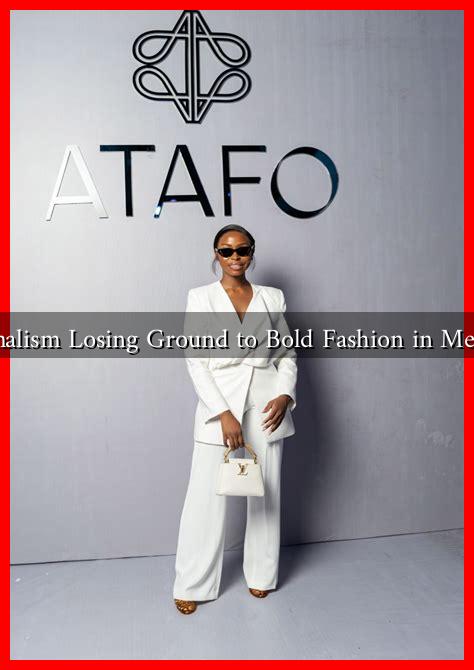-
Table of Contents
Is Minimalism Losing Ground to Bold Fashion in Men’s Wear?
In recent years, the fashion landscape has witnessed a significant shift, particularly in men’s wear. While minimalism has long been celebrated for its clean lines and understated elegance, bold fashion is making a compelling case for attention. This article explores whether minimalism is losing ground to bold fashion in men’s wear, examining trends, consumer preferences, and the cultural context that shapes these styles.
The Rise of Minimalism in Men’s Fashion
Minimalism emerged as a dominant trend in the early 2010s, characterized by simplicity, functionality, and a focus on quality over quantity. Influential designers like Jil Sander and Raf Simons championed this aesthetic, leading to a surge in popularity among consumers seeking timeless pieces. Key features of minimalist fashion include:
- Neutral color palettes
- Streamlined silhouettes
- High-quality materials
- Versatile designs
Minimalism appealed to a generation that valued sustainability and conscious consumerism. According to a report by McKinsey & Company, 67% of consumers consider the use of sustainable materials to be an important factor in their purchasing decisions. This trend aligned perfectly with the minimalist ethos, which often emphasizes fewer, better-made items.
The Bold Fashion Movement
In contrast, bold fashion is characterized by vibrant colors, daring patterns, and statement pieces that demand attention. Designers like Gucci, Balenciaga, and Off-White have embraced this aesthetic, pushing the boundaries of traditional menswear. The bold fashion movement can be summarized by the following elements:
- Bright, eye-catching colors
- Eclectic patterns and textures
- Oversized silhouettes
- Unique accessories and footwear
As social media platforms like Instagram and TikTok have gained prominence, the appetite for bold fashion has surged. Influencers and celebrities are increasingly showcasing their unique styles, encouraging fans to experiment with their wardrobes. A survey by The Business of Fashion found that 75% of Gen Z consumers prefer brands that allow them to express their individuality through fashion.
Consumer Preferences: A Shift in Attitudes
As the fashion landscape evolves, consumer preferences are shifting. The rise of bold fashion can be attributed to several factors:
- Individuality: Consumers are increasingly seeking ways to express their unique identities through their clothing choices.
- Social Media Influence: Platforms like Instagram and TikTok have created a culture of visibility, where bold fashion statements are celebrated.
- Post-Pandemic Mindset: After months of lockdowns, many individuals are eager to embrace vibrant styles that reflect a sense of freedom and joy.
Moreover, the pandemic has altered shopping habits, with many consumers prioritizing online shopping. This shift has allowed bold fashion brands to reach wider audiences, further solidifying their place in the market.
Case Studies: Brands Leading the Charge
Several brands exemplify the shift from minimalism to bold fashion in men’s wear:
- Gucci: Under the creative direction of Alessandro Michele, Gucci has embraced maximalism, featuring bold prints and eclectic designs that challenge traditional menswear norms.
- Balenciaga: Known for its avant-garde approach, Balenciaga has popularized oversized silhouettes and unconventional styles, appealing to a younger demographic.
- Off-White: Founded by Virgil Abloh, Off-White has become synonymous with streetwear and bold graphics, merging high fashion with urban culture.
These brands have successfully captured the attention of consumers, demonstrating that bold fashion can coexist with minimalism while appealing to a new generation of shoppers.
Conclusion: The Future of Men’s Fashion
While minimalism has played a significant role in shaping modern men’s fashion, bold fashion is undeniably gaining traction. The desire for individuality, fueled by social media and a post-pandemic mindset, is driving consumers toward more expressive styles. However, this does not mean that minimalism is obsolete; rather, it may evolve to coexist with bold fashion, offering a diverse range of options for consumers.
As the fashion industry continues to adapt, it will be fascinating to see how these two aesthetics influence each other. Ultimately, the future of men’s fashion may not be a battle between minimalism and boldness but rather a harmonious blend of both, allowing individuals to curate their unique styles.
For more insights on fashion trends, visit The Business of Fashion.

